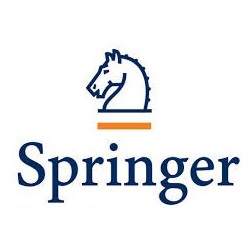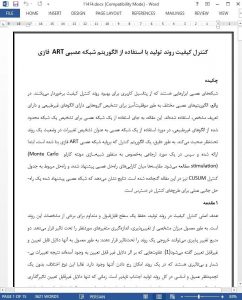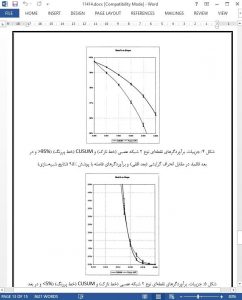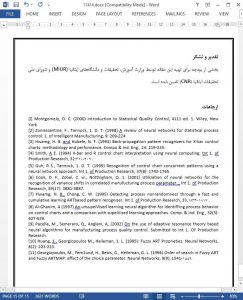Abstract
Neural networks are potential tools that can be used to improve process quality control. In fact, various neural algorithms have been applied successfully for detecting groups of well-defined unnatural patterns in the output measurements of manufacturing processes. This paper discusses the use of a neural network as a means for recognising changes in the state of the monitored process, rather than for identifYing a restricted set of unnatural patterns on the output data. In particular, a control algorithm, which is based on the Fuzzy ART neural network, is first presented, and then studied in a speci fic reference case by means of Monte Carlo simulation. Comparisons between the performances of the proposed neural approach, and those of the CUSUM control chart, are also presented in the paper. The results indicate that the proposed neural network is a practical alternative to the existing control schemes.
1 Introduction
The main goal of quality control in manufacturing is to maintain a constant and acceptable level of some process characteristics. Usually, a certain amount of variability affects measurements of the quality parameters of interest. Two sources of variability may influence the outcomes of a proces~; commonly they are referred to as unassignable and assignable causes [1]. The variations due to unassignable causes are the result of numerous unremarkable changes that may occur in a process. Often, this kind of variation is inevitable without a profound revision of the whole production procedure. When only unassignable causes are in effect, a process is considered to be in a natural state (i.e. in control). On the other hand, the variations due to assignable causes are generated by factors that lie outside the process. New methods and different machines, or changes in the measurement instnunents, are common examples of assignable causes. In such cases, the process is said to be in an unnatural state (i.e. out of control), and quality improvement is possible by detection and removal of the assignable causes.
6 Concluding remarks
In this paper, the application of Adaptive Resonance Theory for quality control tasks has been briefly analysed. Several proprieties of ART-based neural network make it a practical tool for quality control applications over supervised ones. Since ART networks are selforganising, the number of training iterations needed to mach the performances of supervised neural networks is lower. Thus, training times in the development of a neural-based control system are significantly reduced.











